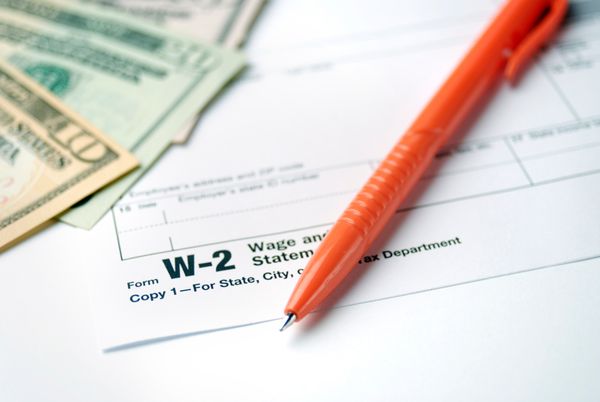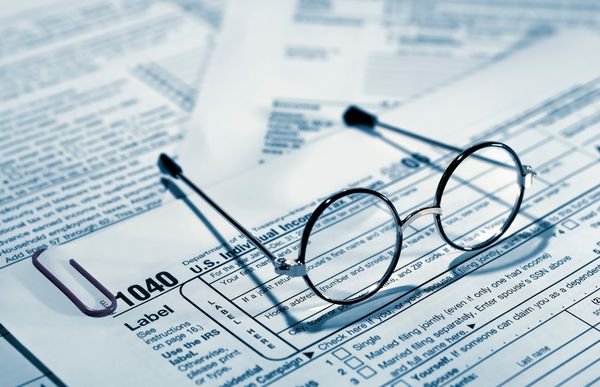There are two types of bad debts -- business and non-business. This article focuses on non-business bad debt. Non-business debts include making loans for personal investments or personal activities. For example, lending money to family, friends, or other people for any non-business purpose is a non-business debt. Your loan cannot in any way be connected to your business or trade.
To deduct bad debt from your taxes, the debt needs to meet certain qualifications in the eyes of the IRS. You must show that:
- The debt is real
- You have already lent out the money
- The debt is worthless; there is no way of getting any of the money back
- You have taken reasonable steps to collect the debt
There are other stipulations about the debt as well. It must be a loan, not a gift. When you give someone money (for example, help your son or daughter buy a car) with the understanding it won't be repaid, you cannot deduct that money from your taxes. There must be a debtor-creditor relationship, with both parties understanding the money will be repaid. When you lend someone money, even to a trusted friend, put it in writing (such as a promissory note) with repayment terms and interest. The IRS tends to look at non-interest loans as gifts.
You can't claim bad debt on money you were already expecting -- you must have lent out cash. This means you can't claim bad debt on things like unpaid child support, unpaid wages, or rent.
The entire loan must be uncollectible. For example, say you lend your cousin $1,000 and he pays you back $100, but then says he can't pay back any more. You can't claim the remaining $900 as a bad debt on your taxes, because he did make a partial effort to pay you back.
You must file for the deduction in the year the debt became worthless. You may be able to amend a back tax return to deduct for a bad debt. Typically you have seven years to amend your return to claim for a bad debt, but check with your tax professional on how to do this.
If the debt meets all of these requirements, read on to learn how to claim the bad debt tax deduction.



